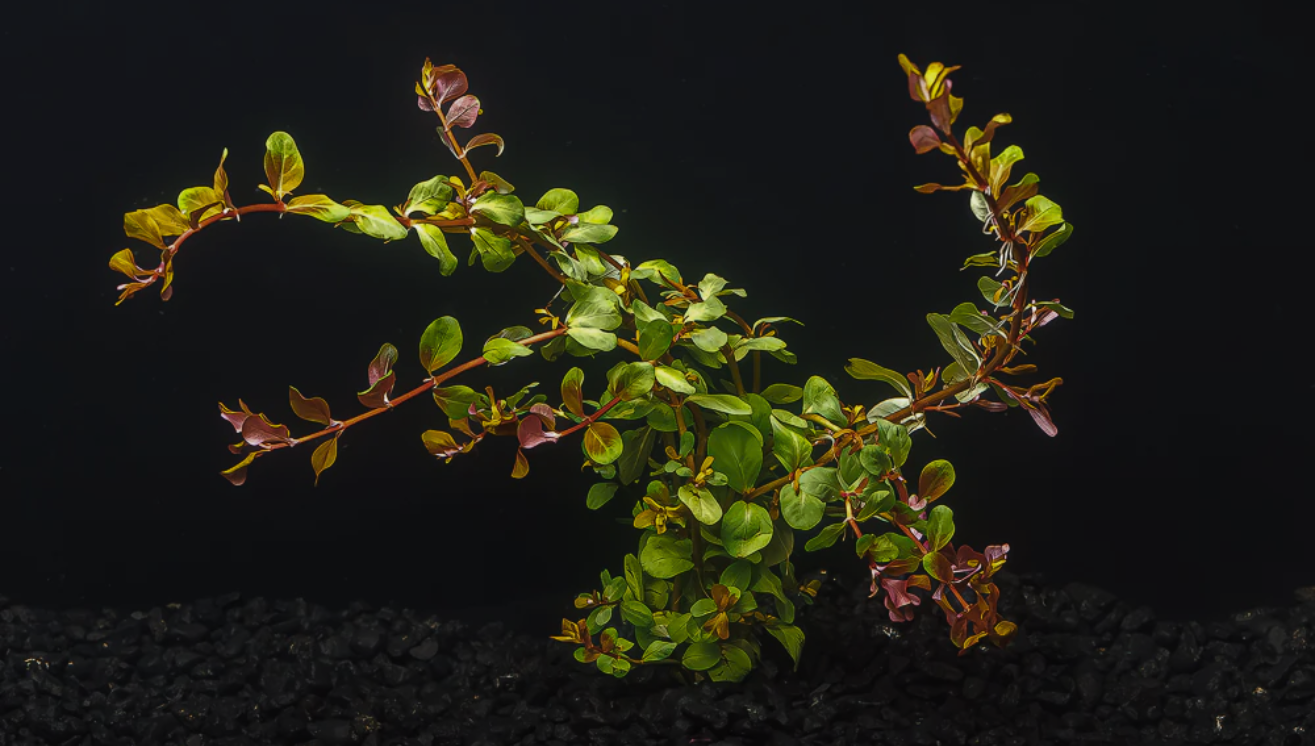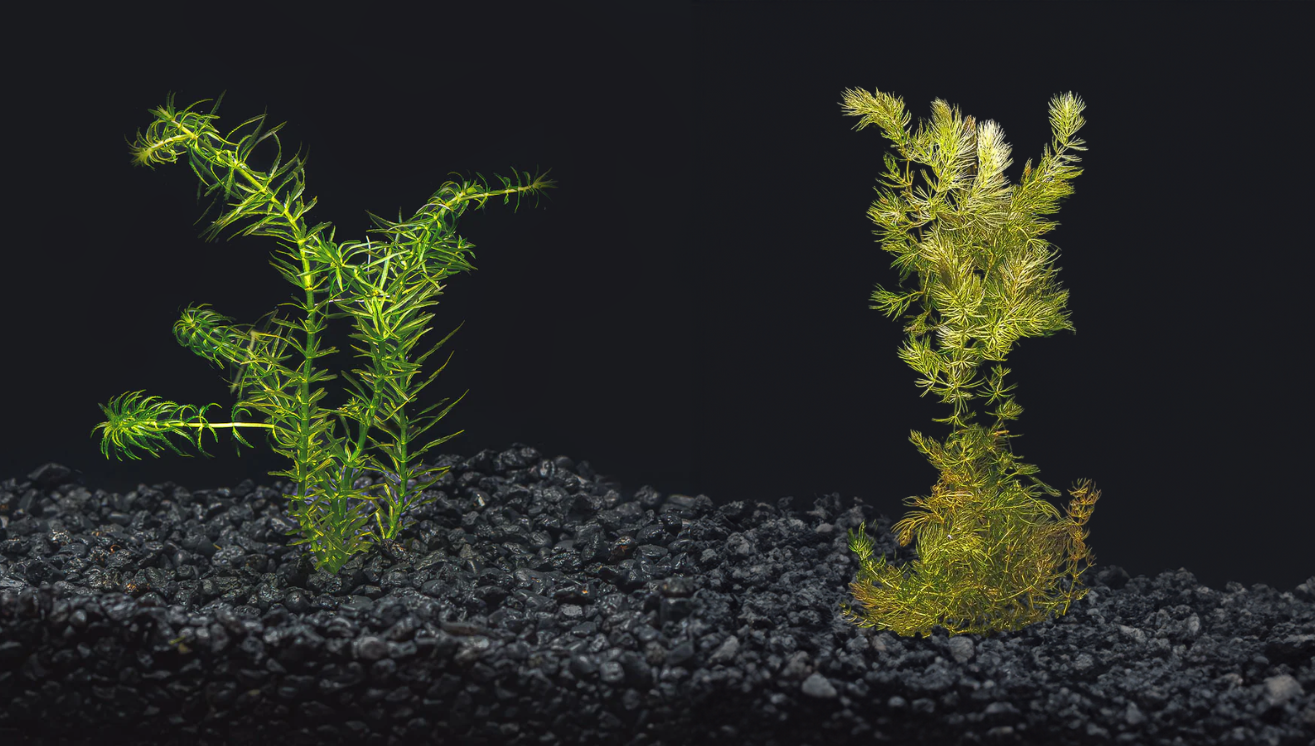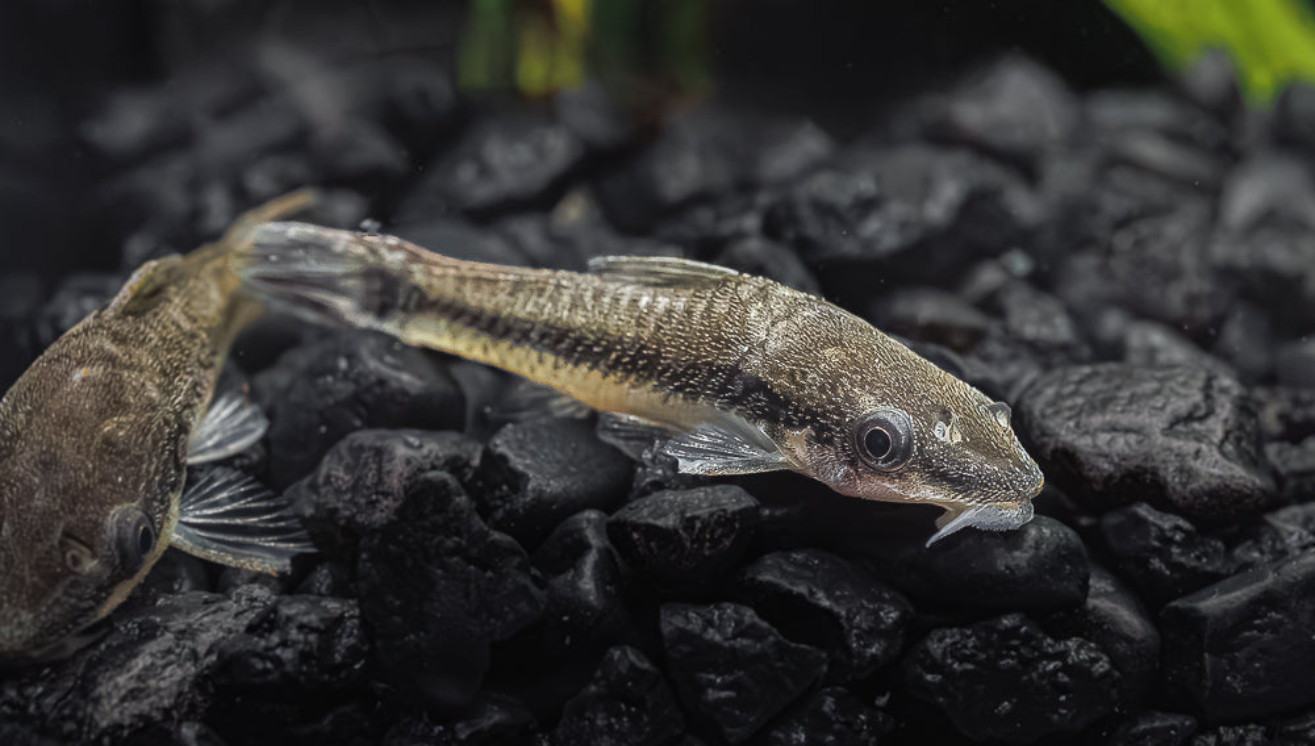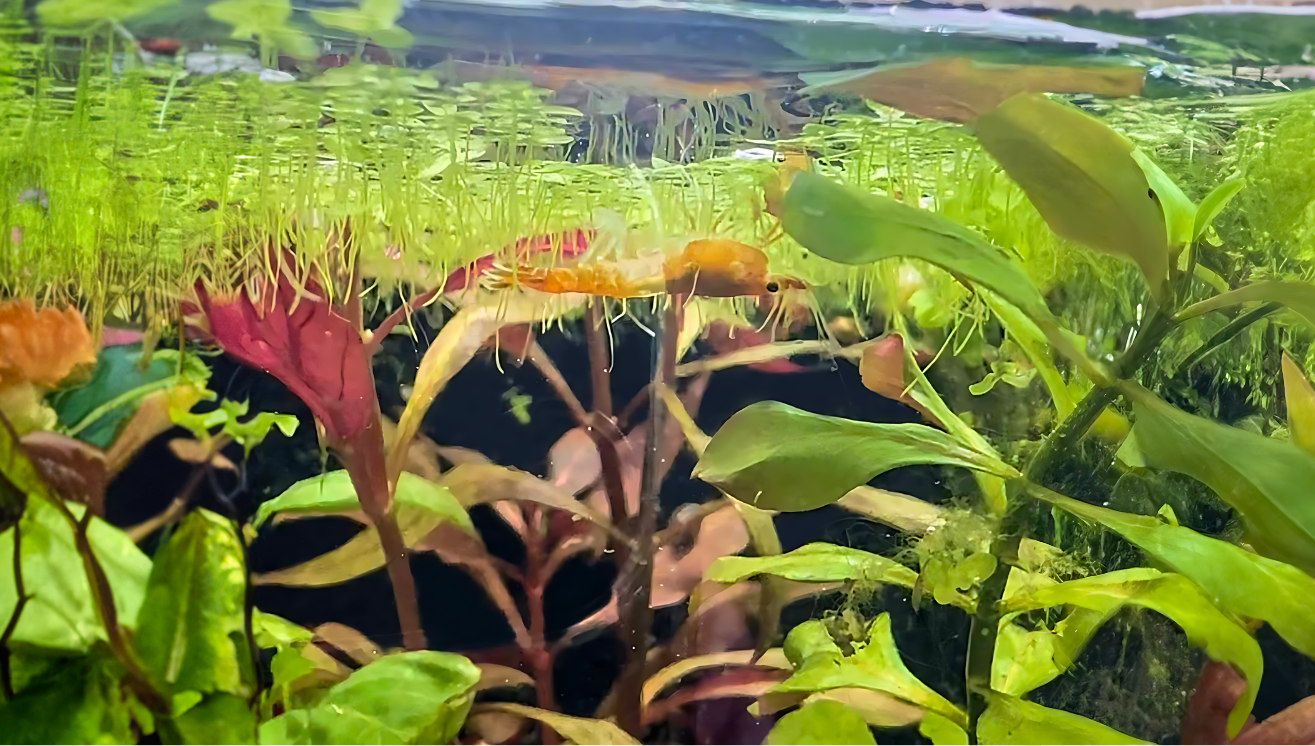Your Cart is Empty
🚚 Flat-Rate FedEx Priority Overnight — Just $26.99 (Limited-Time Special!) | FREE over $200
🚚 Flat-Rate FedEx Priority Overnight — Just $26.99 (Limited-Time Special!) | FREE over $200
🚚 Flat-Rate FedEx Priority Overnight — Just $26.99 (Limited-Time Special!) | FREE over $200
by Emily Dourm June 07, 2024 2 min read

Rotalas come in various stunning colors, making them perfect for mid-ground or background positions in aquariums. Their color and leaf condition depend on tank parameters and whether they're grown submerged or emersed, and their delicate leaves require careful handling. Overall, Rotalas are highly rewarding plants when cared for properly—let’s dive into the different types available.

Rotala Vietnam h’ra is a newcomer in the aquarium scene, offering a delicate yet striking addition to back- or mid-ground setups. Originating from Vietnam, it belongs to the Rotala rotundifolia species.
When fully submerged, its pointed leaves develop vibrant red or orange hues; when emersed, the leaves are rounder and green. Best suited for moderate to high light and low nitrates, it thrives with CO₂ supplementation. Propagate by cutting side shoots or axial roots and replanting in a good substrate. Handle carefully—sudden parameter swings can stress the plant.

Also known as Indian toothcup, Rotala indica is native to Southeast Asia and prized in aquariums (and notorious as a rice-field weed). It forms lush, tall stems that take on a light pink to deep red hue under high light and proper fertilization.
Regular trimming promotes a dense, bushy appearance. For best results, plant in a quality substrate, inject CO₂, and maintain stable parameters to avoid “melting.”

Bred in Italy by Massimo Lannella, Rotala Rotundifolia Orange Juice lives up to its name with true orange hues. Submerged leaves are narrow and pointed; emersed leaves are rounder.
To intensify color, dose with iron-rich fertilizer. Plant densely (stems ~½″ apart) for a solid carpet of orange, and trim regularly to keep lower leaves from shading out.
Comments will be approved before showing up.

by Brooke Lees October 04, 2024 2 min read
Aquarium plants do much more than add beauty to a tank, they help maintain water quality and provide natural shelter for your aquatic pets. Among the many available options, Hornwort and Anacharis stand out for their versatility, ease of care, and benefits to aquarium ecosystems. Let’s dive deeper into the differences and similarities between these two popular plants.

by Brooke Lees September 20, 2024 2 min read

by Brooke Lees September 13, 2024 3 min read